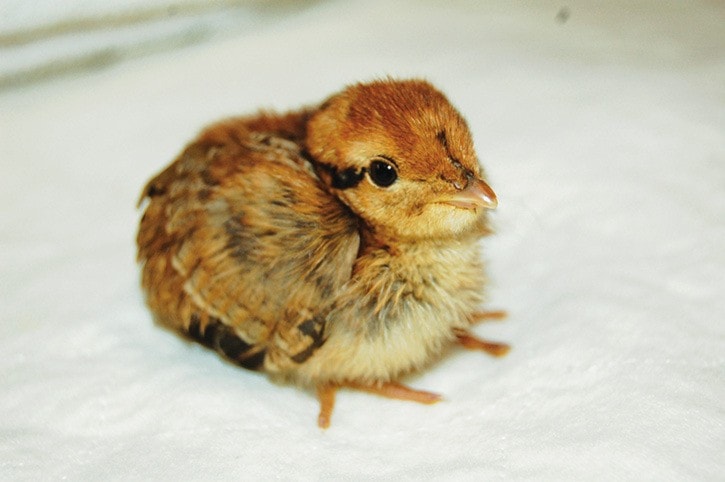Ticks, those tiny little creatures that many pet owners and outdoor enthusiasts dread, are the main focus of one Ontario resident’s research, as he fights to discover more about Lyme disease.
It’s a subject that really hits home for scientist John Scott.
“I contracted Lyme disease 30 years ago. Both my wife and I have it,” he said. “A lot of people are not aware of it … In the case of my wife and I, it’s destroyed our lives.”
Scott, who lives in Fergus, Ont., has published 25 peer-reviewed articles on the topic with the help of groups from across the country. Aiding in his research, is Christina Carrieres, senior wildlife rehabilitator at the BC SPCA’s Wild ARC in Metchosin.
“My primary goal right from day one was to figure out what was going on across Canada in terms of Lyme disease,” he said. “One thing led to another and I’ve been (receiving) quite a few ticks from birds and mammals.”
Scott recently co-authored a scientific article that focused on ticks collected from gallinaceous birds (domestic poultry and game) on the southeastern portion of Vancouver Island. Included in that research, a tick collected by Carrieres testing positive.
“We started getting involved in the project in 2012,” she said. Staff at the Metchosin facility have collected 50 specimens from 16 different species of animals for several of Scott’s research projects.
Of six ticks focused on in the most recently published article, one was collected in Metchosin and another in Highlands. The third local tick, the only one to test positive for Lyme disease, was collected in Saanich from an orphaned baby California quail. The other three were collected in Courtenay, Royston and Ladysmith.
“Lyme disease is certainly a disease more and more people are worried about,” Carrieres said. “It’s a disease that can do a lot of damage.”
But she doesn’t want to alarm local residents. “It is present, but there are ways of protecting ourselves,” she said.
For those who are out in the wild, Scott suggests a full body tick check upon return and “anyone handling game birds should have protective gear.”
As ticks can carry more than just Lyme disease, anyone bitten by one should get an antibiotic treatment right away. Otherwise, Scott said, you’re playing “Russian roulette” with your health. Since 2012, two of the 50 specimens collected by the Wild ARC have tested positive for the disease. “It’s really hard to draw conclusions on small numbers, but we’ve seen an increase.”
Some of that could be due to the local climate, she added, noting that milder winters don’t kill off as many ticks as the harsher climate in other areas. While deer are frequently connected to discussions around Lyme disease, they are not the main species from which ticks are being collected. “Birds are quite efficient at spreading it,” Carrieres said, noting that’s not only migratory birds, but such non-migratory species as quail.
Scott’s research backs that up. “I have a lot of data to show it’s widespread … We found 31 per cent of ticks on songbirds were infected,” he said.
But his recent paper doesn’t just point to Lyme disease being present in the area, it is also the first evidence of a tick being found on a quail in Canada. While that in itself is noteworthy, Scott said the types of ticks found on the Island is cause for concern.
“You’ve got ticks there that I’m firstly surprised that are there, and I’m surprised they’re infected,” he said.
That’s where Carrieres comes in.
“Wildlife rehabilitators have a unique opportunity to contribute to the scientific community … It’s so valuable to try to learn as much as we can.”
Often, the individuals or groups conducting such research don’t have firsthand access to a wide range of subjects, she said.
Wildlife rehabilitation centres can contribute by preserving found items such as ticks and sending them off to be tested, she added. “We’re always happy to help and see what comes out of it.”
Raising awareness is what Scott hopes to get from all of his research.
“It’s scary if you know someone who’s got this disease and how sick they’ve been,” he said. “We work away at this and try to make a difference.”
Carrieres noted Lyme disease is just a part of why Wild ARC has strict protocols for handling animals, not just for workers’ safety, but for the safety of the animals.
All the more reason he said, “it’s really important that the ticks should be kept and tested.”
katie@goldstreamgazette.com
